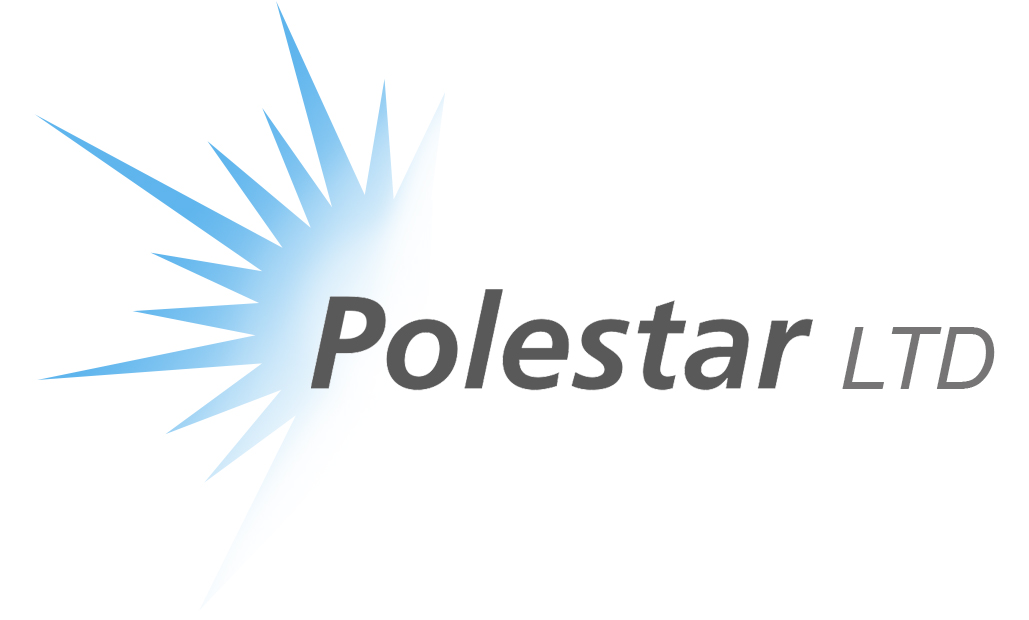Security Printing Technology
Information technologies are driving a very rapid growth in the special market of security printing. Printers of secure documents have an important role to play.
IT has quietly become the major driving force for secure intelligent and trackable devices. The more successful ticket and label users have found that the ability to check on the whereabouts of valuable goods, documents and people is vital to the success and profit of the business as well as to security; now, IT outweighs the anti-counterfeiting features of security devices for many users.
Intaglio have been the key technology for years and still provide a hard to duplicate original. Guilloche and recently, microprint and rainbow printing are examples. What’s new is digital printing of numbers and devices for automatic reading for both verification of production and for data collection after use.
Thermal paper turns colour on application of heat or pressure. This allows for a simple print head to add unique, timely data in the field. What is new is colored inks and low cost good quality stocks. Embossing made from a carefully make die (or plate for ink) adds to the difficulty of counterfeiting. Intaglio printing has a natural raised feel. New offset inks have a raised feel (Ultratherm). Machine readable watermarks on paper and now digital watermarks for electronic transmissions are innovations.
- Internal thread; paper stock laminated with materials that show up when tearing a ticket or can be read by materials that show up tearing a ticket or can be read by machines. Very simple and obvious to the collection agent.
- Overprint films; destruction of laminates or coatings destroys the security document or changes observed image to make tampering obvious.
- Fluorescence; paper can be fluorescent in some conditions. Fluorescence and special lighting and sensors can be used for anti counterfeiting purposes.
- Foils; foil and some natural materials like fish scales and mother of pearl and some new man-made “deep” images copy as black spots, a spot of foil in the design of a ticket will be hard to copy or counterfeit. New is the combination of foil with numbers etc. and now there are also some materials that are made of random particles that can provide a unique finger print to an optical reader.
- Precise register; very careful register control such as perfect back to front register is very hard to duplicate.
- Dot structure moire; screening of images with fine dot patterns can produce moire patterns that declare void if copied with other screens. (Void Rantagraph). New is the printed device which when viewed with a hand held device can show “void” or other word.
- Magnetic strip; magnetic inks or tapes can provide security and other information, particularly useful for tracking of information about the person or object.
- Color change inks; clear ink that changes by chemical, pressure or temperature effects. (Rub and Reveal) (Validator)
- No copy inks; inks that are spectrally difficult or impossible to see by most copiers. (Copyproof) New in this field is (Kopout), an ink/foil system that can not be copied on typical copying machines.
- OVD’s holograms; the most interesting hard to copy technology in recent years has been images made from the holographic technology. Recently the images have moved from traditional laser light table holograms to optically variable devices of several kinds incorporating computer generated images both covert and overt, that improve the security and enable tracking and the now critical IT functions. There is a great deal of news in this field as there are more research efforts in this field than in any other. Holograms are being generated in minutes by computers (Simian) and in multilevel machine readable form, numbered, bar coded, placed directly on a CD ROM (or audio disc) and now embossed directly on press at press speed. (Nova Vision)
- Smart card; there is very rapid growth in this field. The smart card is built on typical credit card technologies but also has a microchip built in for all of the IT features and more.
- Biometrics; fingerprint, voiceprint, DNA, retina, scan All mentioned as a group; new technologies that are being used for security purposes. Some have links to print media, some may not.
- RF signals; some security devices are capable of emitting or changing electrical fields as a non contact overt security and information device.
What is the place for printers in this field?
Classes of technology:
- Paper
- Ink
- OVD-holography
- Computer generated images
- Automatic inspection (of production, of use)
- Biometrics
Summary of What’s New
1. Technically speaking
- Computer generated holograms and multilevel optically variable devices.
- High speed, low cost hologram imaging on press.
- Information technology; automatic reading and tracking systems.
- Refined printing techniques; microprint, rainbow, mixed intaglio, offset and letterpress.
- Paper; foils, fluorescence, destructive laminates, coatings.
- Ink; raised, reflective, uncopyable pearlescence.
- Biometrics
- RF Technology
2. Commercial/Business
- Increased need for secure devices driven by technical capabilities of counterfeiters and increased value of event tickets, intellectual property etc.
- Computerization; rapid formation of very complex devices from numbering to OVDs.
- Computerization; for the many tracking and Information Technology features that are the driving force of the future.
- Smart card increase.
- Redemption coupons have proven to increase the use of amusements.
- Reduction in use of printed negotiable instruments, but, still important check writing activity and greatly increased check fraud.
- Growth in intellectual property sales; music, video, computer programs and the need for control and tracking of same.
